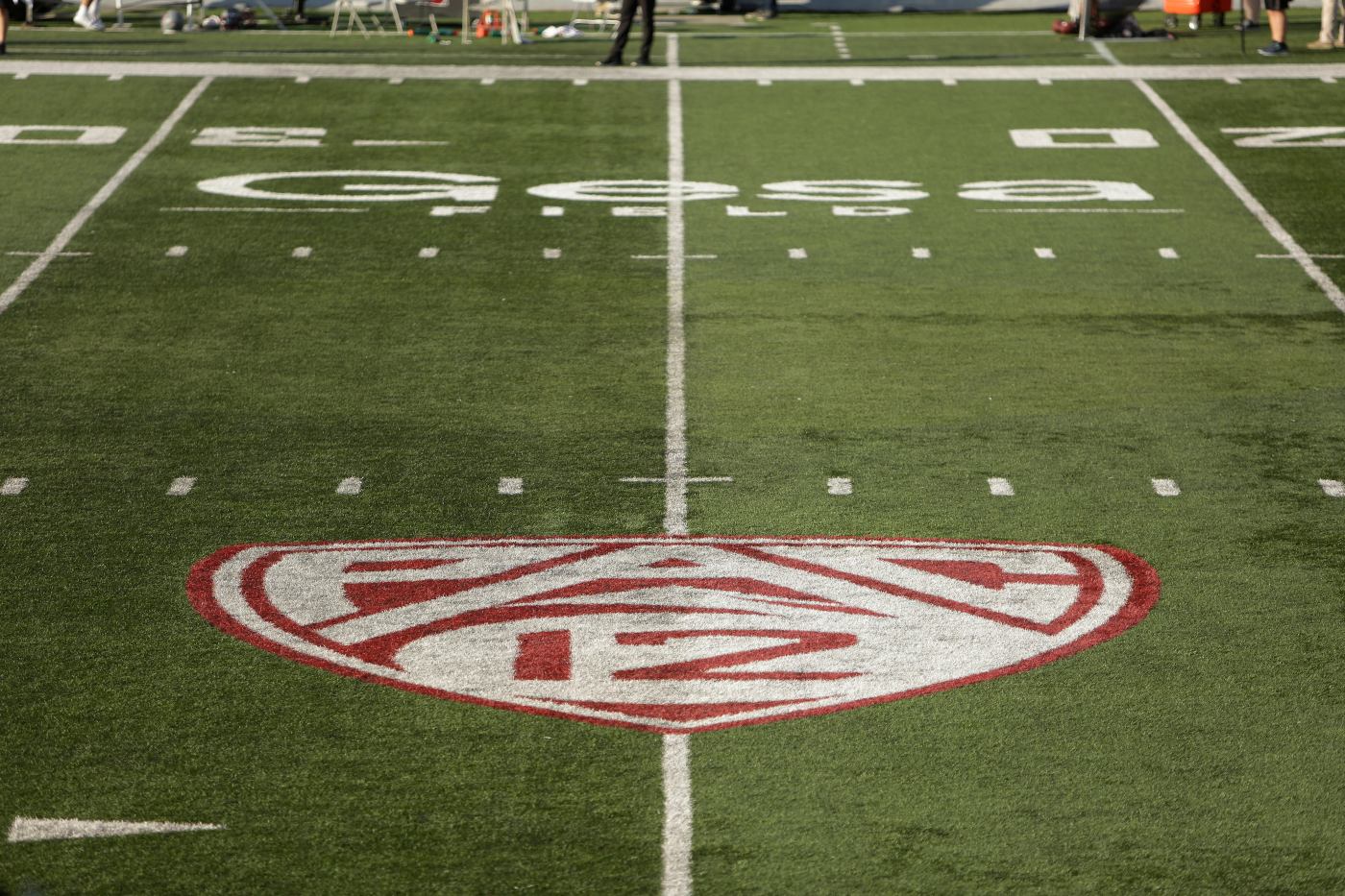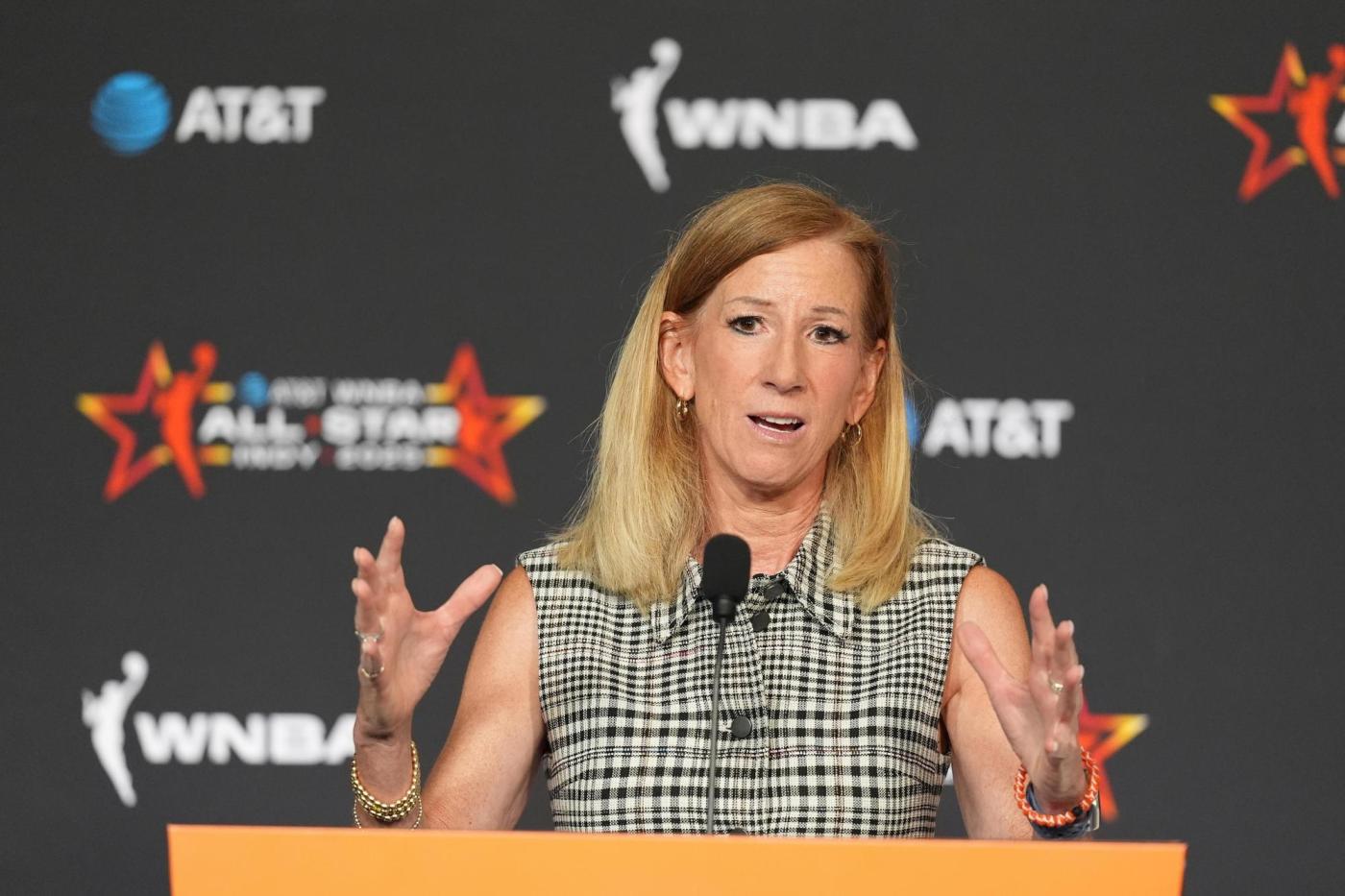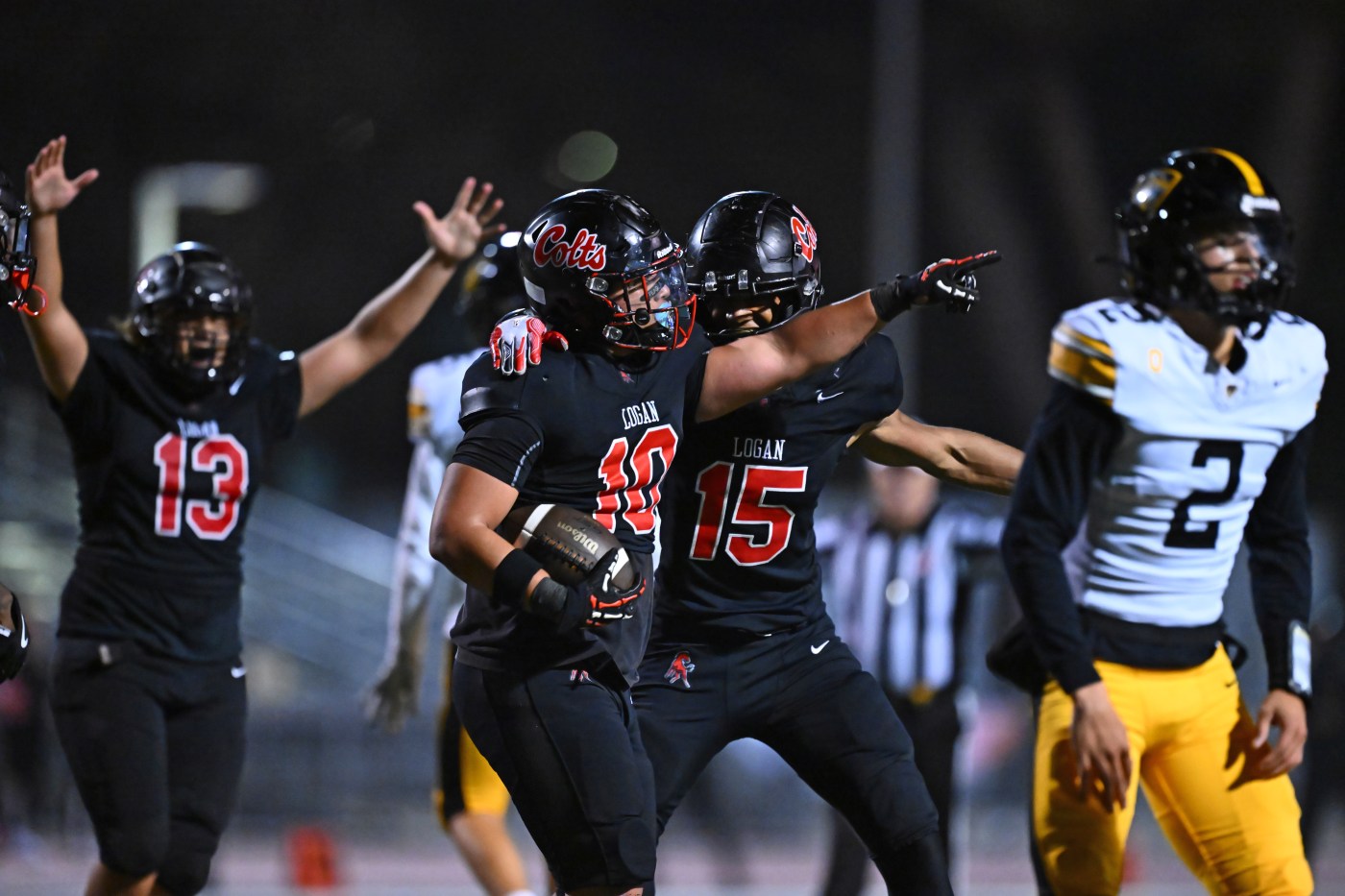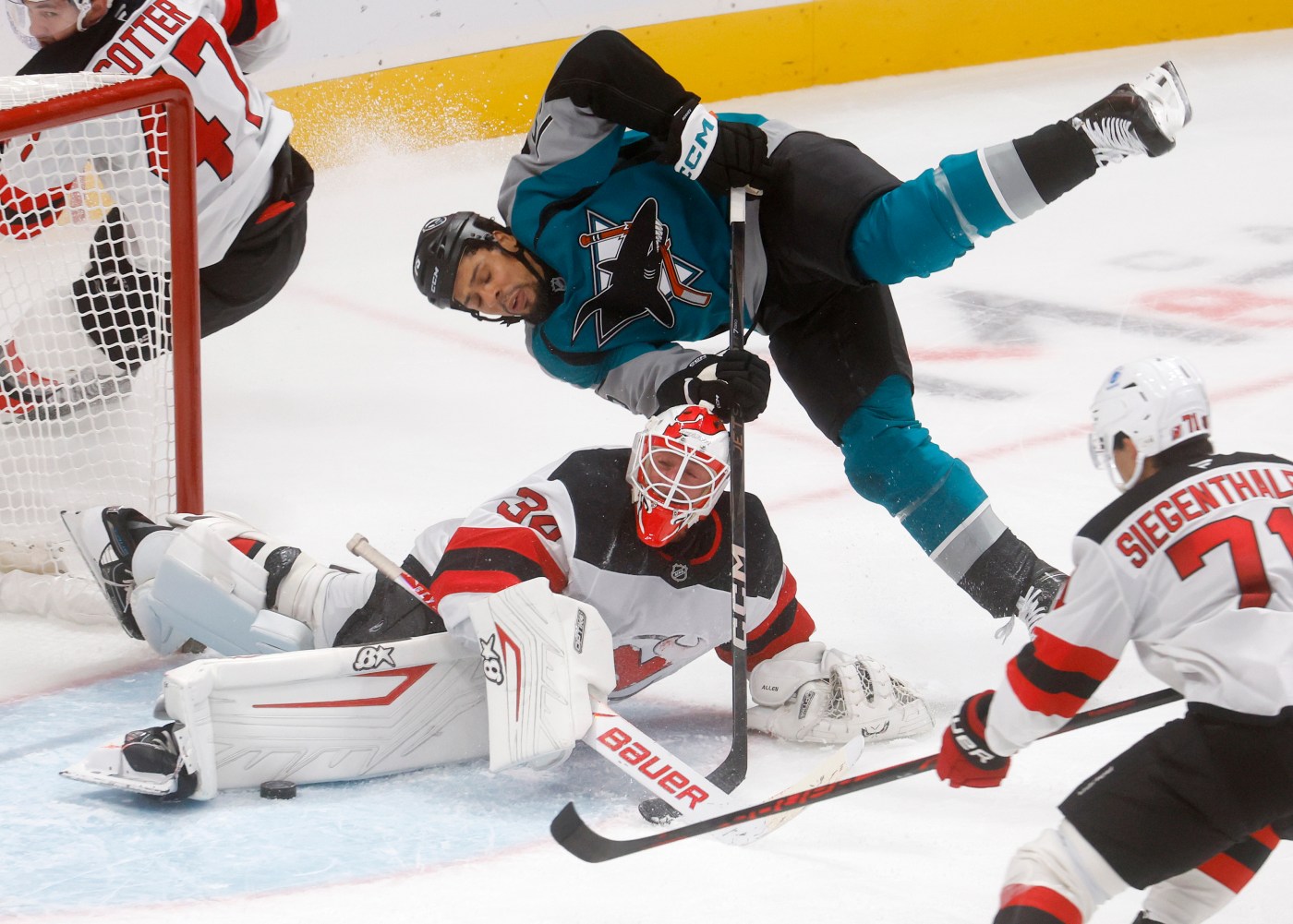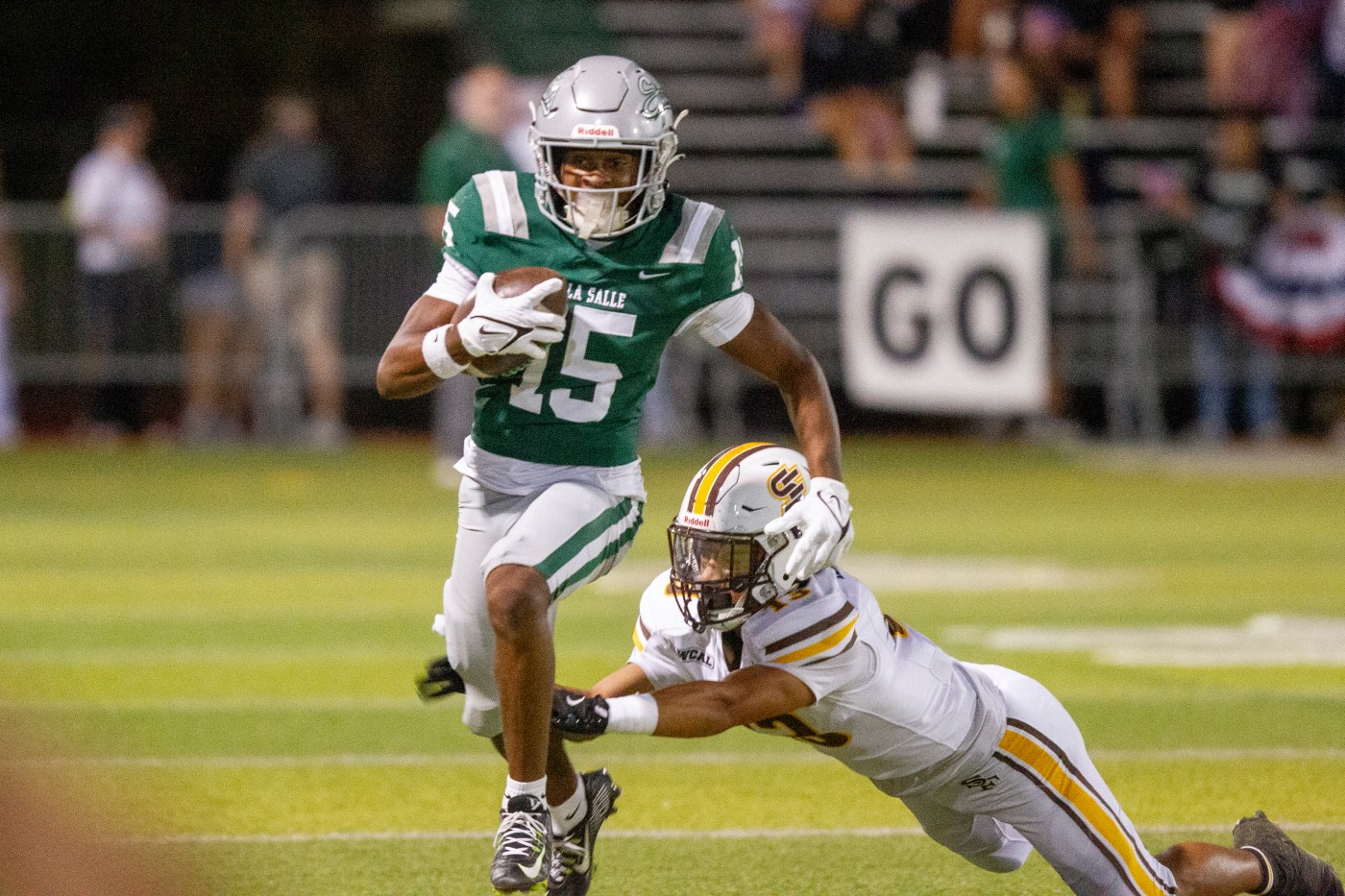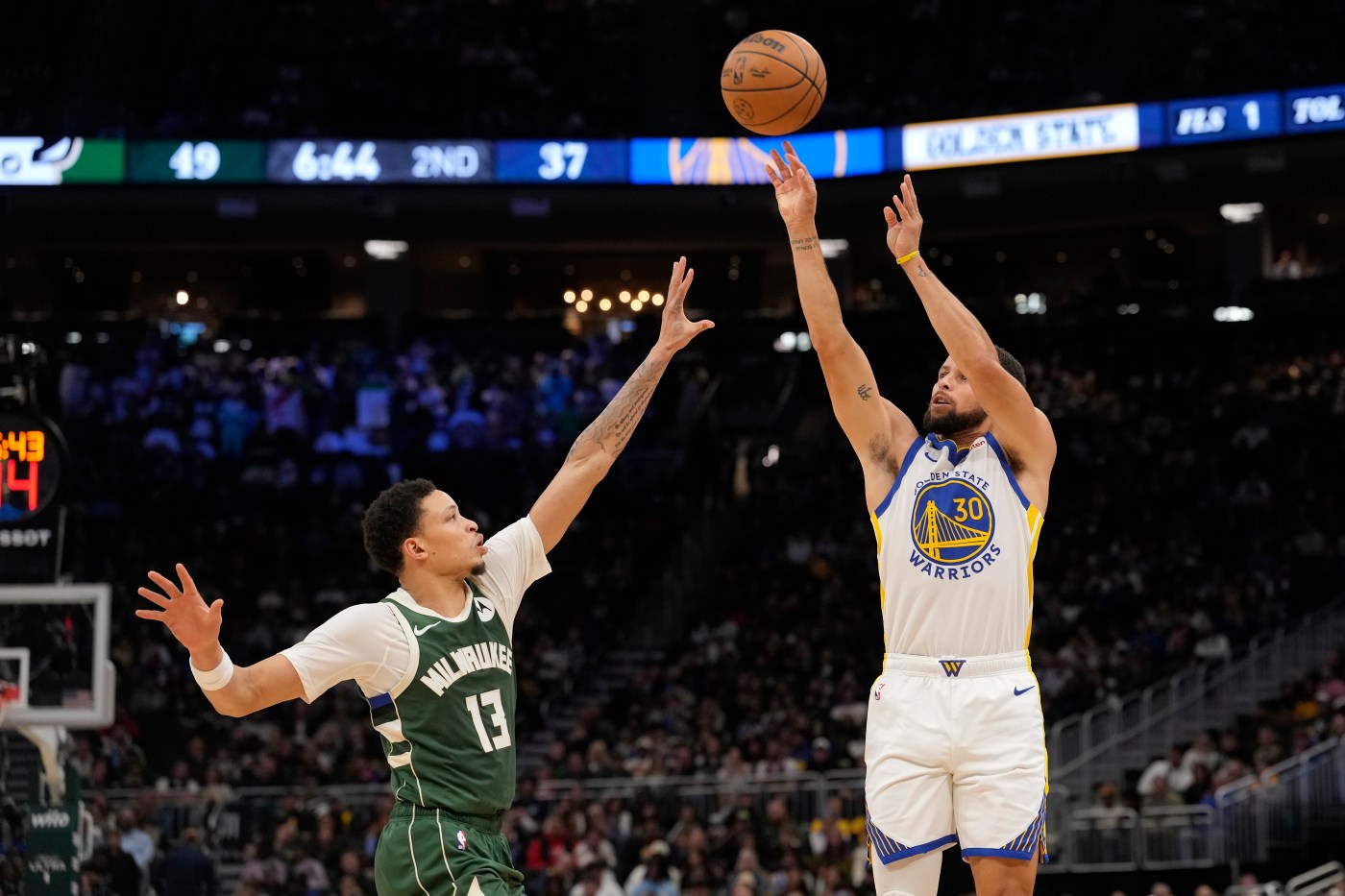In 10 months and six days Pac-12 football 2.0 will go live with season openers. Merton Hanks doesn’t have that much time. The chief of Pac-12 football operations must have his renovated house in order long before Sept. 5, 2026.
Hanks is responsible for the conference schedule and the officiating and the championship game and the bowl partnerships and the replay command center and everything else integral to a successful season for the new eight-team conference.
At least, he expects the Pac-12 to be an eight-team conference.
“I’m planning for eight,” he told the Hotline recently.
Eight schools are committed: The two Pac-12 holdovers, Washington State and Oregon State; plus newcomers Boise State, Colorado State, Fresno State, San Diego State, Texas State and Utah State.
The Pac-12 has explored additional expansion options in the American (Memphis, Tulane and USF) and the Mountain West (UNLV) over the past year. But at this point, the membership appears locked in place for 2026.
Nothing else is settled, however.
Hanks’ lengthy to-do list starts with the schedule and its multi-layered complexity.
— Should the eight-team conference play a seven-game round-robin schedule? The format makes sense in every respect save one: It requires each team to play five non-conference games. Finding three non-conference opponents is a task, much less four — much less five. At this point, most schools are booked full for next season.
— Or should the Pac-12 play eight conference games, which would reduce the need to locate a fifth out-of-conference opponent but requires a home-and-home format: Each team in the Pac-12 would play one of the other teams in home-road fashion (much like Washington State and Oregon State are doing this season as a two-school league). The conference likely would build in protections to prevent teams from meeting for a third time in the championship game.
Hanks has been scouring the country to find specific teams and entire conferences capable of providing the inventory for Pac-12 teams to play a fifth non-conference game.
“We have to be flexible,” he said. “It’s not simple. We can’t just send everyone on the road.”
At the center of Hanks’ scheduling strategy is the desire to position the Pac-12’s top teams for bids to the College Football Playoff.
The CFP format for next season has not been determined. The event could continue with 12 teams or expand to 16 or more. But whatever the size, there will be an automatic berth reserved for the highest-ranked champion from outside the power conferences.
The best team in the rebuilt Pac-12 will compete with the best teams in the American, Mountain West, Conference USA, MAC and Sun Belt for that coveted spot. Schedule strength will be integral to the process. Same with quality wins and (avoidance of) bad losses.
“The team that wins the Pac-12 title should be in the running for CFP, and our job is to not mess that up,” Hanks said.
That’s not as easy as it seems because of the evolving landscape.
Changes to the CFP selection process a few months ago prompted the SEC to adopt a nine-game schedule for next season, which sparked the cancellation of numerous non-conference series. The ACC also added a ninth league game. And both conferences, along with the Big 12, require teams to play at least one game against opponents from the other power leagues.
The end result is a dwindling pool of potential opponents for Pac-12 teams needing a fifth non-conference game. The conference has discussed scheduling arrangements with other leagues at the sub-Power Four level, but many teams have their schedules set for 2026.
Related Articles
CFB picks for Week 10: USC, ASU and Utah struggle against the point spread
Sports media: Friday college football on Fox, ESPN is a hit; more coming?
MBB preview: UConn, Houston, TTU, St. John’s top our preseason Top 25
Is Utah phony or for real? Cincinnati showdown will reveal Utes true ID
Pac-12 bowl picks (Week 10): Oregon to CFP, UW to Alamo, Utah to Las Vegas
All of which explains why the Pac-12 has evaluated 120 iterations of its schedule for next season, according to Hanks.
Other operational matters aren’t nearly as complicated.
Hanks is confident in the crew of officials lined up for next season — “I don’t see a situation where we don’t have competent talent” — and he is targeting December for a decision on the location of the conference championship game.
(There are three options: a fixed neutral site like Allegiant Stadium in Las Vegas; rotating neutral sites across the Pac-12 footprint; and the home field of the top seed.)
The Pac-12 must secure its bowl partnerships for 2026, as well. But the postseason plans for every conference, from the SEC to the Sun Belt, must wait for clarity on CFP expansion. Bowl arrangements will look substantially different if the CFP doubles in size.
On some issues, Hanks is at the mercy of decisions far beyond his control.
On others, solutions are within reach but extremely complicated and worthy of unconventional tactics.
“We want to think outside the box and position our schools for the CFP,” he said. “The great thing about being a challenger conference, a rebuilding conference, is that everyone else has to overcome legacy concerns.
“That’s not an issue for us.”
*** Send suggestions, comments and tips (confidentiality guaranteed) to [email protected] or call 408-920-5716
*** Follow me on the social media platform X: @WilnerHotline
